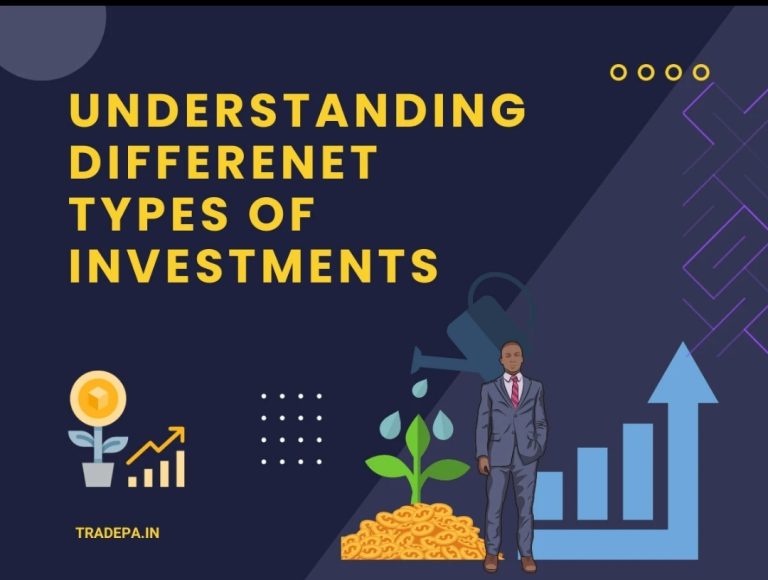A Comprehensive Guide to ERP Evaluation

In the fast-paced world of business, efficiency is key. Enterprises are constantly seeking ways to streamline their operations, enhance productivity, and maintain a competitive edge. Enterprise Resource Planning (ERP) systems have emerged as indispensable tools for achieving these objectives. However, selecting the right ERP solution for your organization can be a daunting task, fraught with challenges and complexities. This article serves as a comprehensive guide to navigating the maze of ERP evaluation, helping businesses make informed decisions that align with their unique requirements and goals.
Understanding ERP:
Before delving into the evaluation process, it’s essential to grasp the fundamentals of ERP systems. At its core, an ERP system integrates various business functions and processes into a unified platform, providing real-time visibility, data analytics, and automation capabilities. From finance and human resources to supply chain management and customer relationship management, ERP solutions encompass a broad spectrum of functionalities tailored to streamline operations and drive growth.
Assessing Business Needs:
The first step in ERP evaluation is conducting a thorough assessment of your organization’s requirements and objectives. This involves engaging stakeholders from different departments to identify pain points, operational inefficiencies, and desired outcomes. By understanding the specific challenges and goals of each functional area, you can prioritize features and functionalities that are essential for addressing your business needs.
Defining Selection Criteria:
With a clear understanding of your requirements, it’s time to establish selection criteria that will guide your evaluation process. These criteria may include scalability, flexibility, integration capabilities, user-friendliness, industry-specific functionalities, vendor reputation, support services, and total cost of ownership. By delineating your criteria upfront, you can objectively evaluate ERP solutions based on their alignment with your organization’s priorities.
Researching Vendor Options:
The ERP market is replete with vendors offering a myriad of solutions, each with its own strengths and weaknesses. Researching potential vendors is crucial to narrowing down your options and identifying those that best fit your requirements. Utilize resources such as industry reports, analyst evaluations, peer reviews, and vendor websites to gather information about each prospective vendor and their offerings.
Requesting Proposals and Demos:
Once you’ve identified a shortlist of vendors, solicit proposals that outline their solution’s capabilities, implementation approach, pricing structure, and support services. Requesting product demonstrations is equally important, as it allows you to experience the ERP system firsthand and assess its usability, functionality, and fit for your organization. During demos, involve end-users and key stakeholders to gather feedback and ensure alignment with their needs.
Evaluating Total Cost of Ownership (TCO):
While upfront costs are a significant consideration, it’s essential to evaluate the total cost of ownership over the ERP system’s lifecycle. This includes not only software licensing fees but also implementation costs, customization expenses, ongoing maintenance fees, and potential hidden costs. By conducting a thorough TCO analysis, you can make informed financial decisions and avoid unforeseen expenditures down the line.
Assessing Implementation and Support:
A successful ERP implementation requires more than just selecting the right software; it necessitates robust implementation planning, project management, and ongoing support. Evaluate each vendor’s implementation methodology, expertise, and track record to ensure a smooth transition and maximize ROI. Additionally, assess the quality and responsiveness of their support services, including training, technical assistance, and system updates.
Seeking References and Feedback:
Before making a final decision, reach out to existing customers of the shortlisted vendors to solicit feedback and insights about their experiences. References can provide valuable insights into the vendor’s reliability, responsiveness, and post-implementation support. Additionally, leverage online communities, forums, and social media platforms to gather unbiased opinions and recommendations from other users in your industry.
Making the Decision:
After careful evaluation and deliberation, it’s time to make the final decision. Choose the ERP solution that best aligns with your organization’s needs, goals, and budgetary constraints. Ensure that all stakeholders are on board with the decision and committed to the implementation process. Communicate transparently with the chosen vendor and establish clear expectations for timelines, deliverables, and outcomes.
Conclusion:
ERP evaluation is a complex and multifaceted process that requires thorough research, analysis, and stakeholder engagement. By following the steps outlined in this guide and leveraging the right resources and expertise, organizations can navigate the maze of ERP evaluation with confidence and select a solution that drives operational excellence, innovation, and growth.






